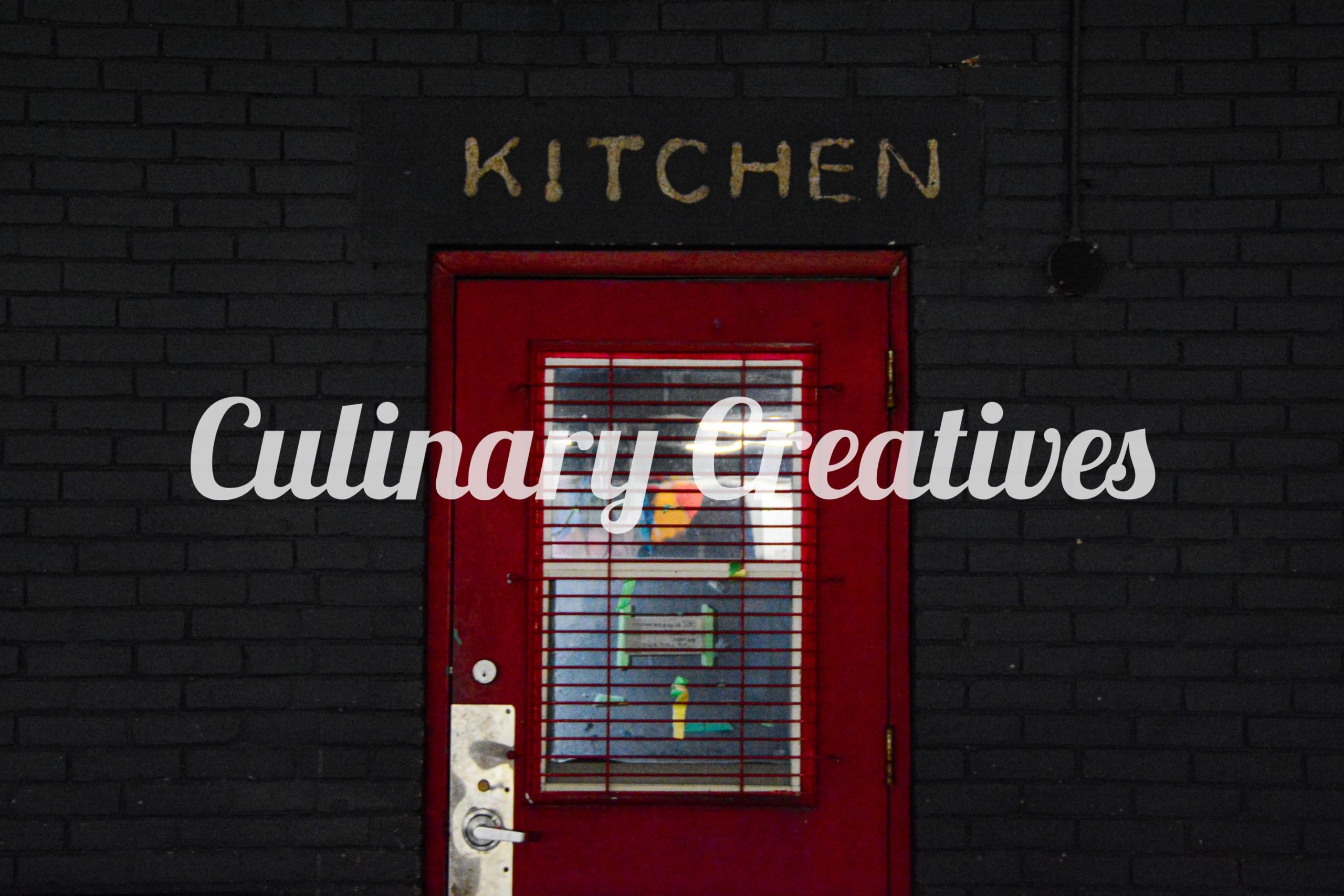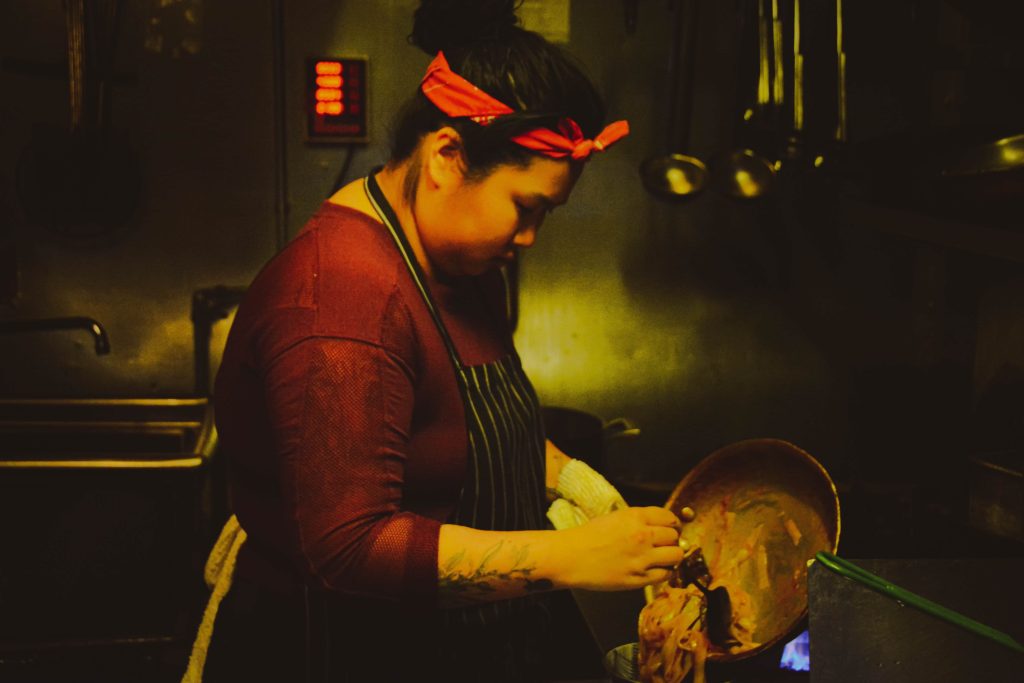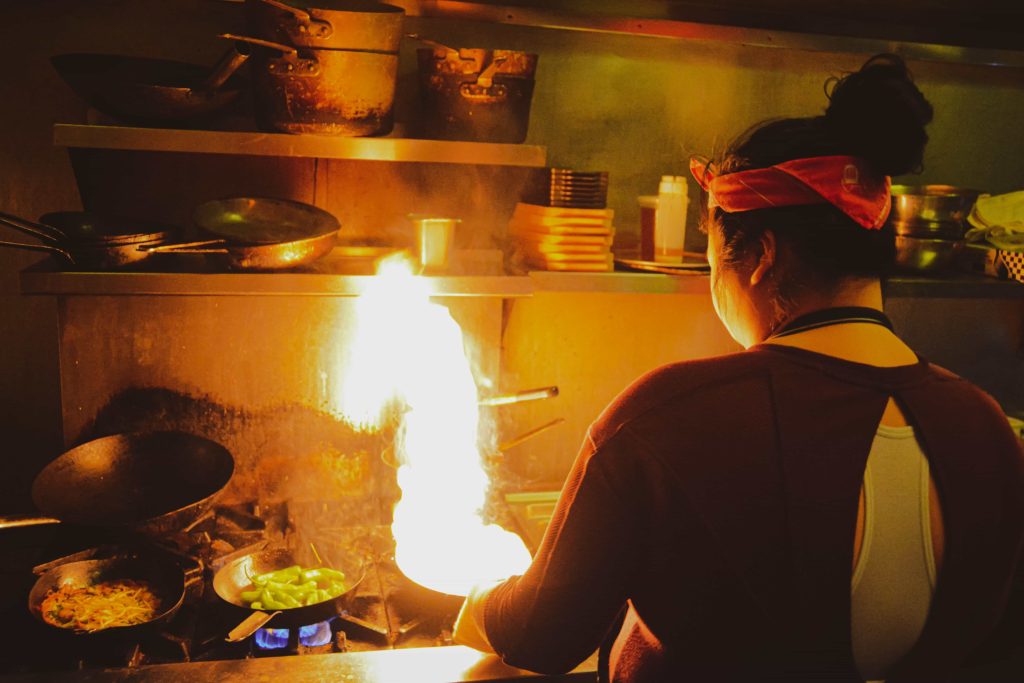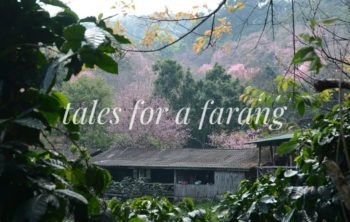If I don’t like it, I won’t make it. That’s the general rule of thumb that I go by when I’m trying to create a dish that meets my standard. Fortunately for me, I’m not a smoker so my palette is a lot more sensitive — for example, once I was told that flambeing foods in certain pans will leave a metallic taste in the final product, and now it’s all I can taste when that technique is used. Not to mention, there is a difference in degree of restaurant saltiness versus cooking at home. My taste bud’s ability to pick up on subtle elements plays a huge role in the final product of my creations, and that is my baseline in how I perceive food.
I’ve worked with Italian and Jewish cuisine in the past, and while the skills I’ve learned there was worth while, it felt like I had hit a wall.
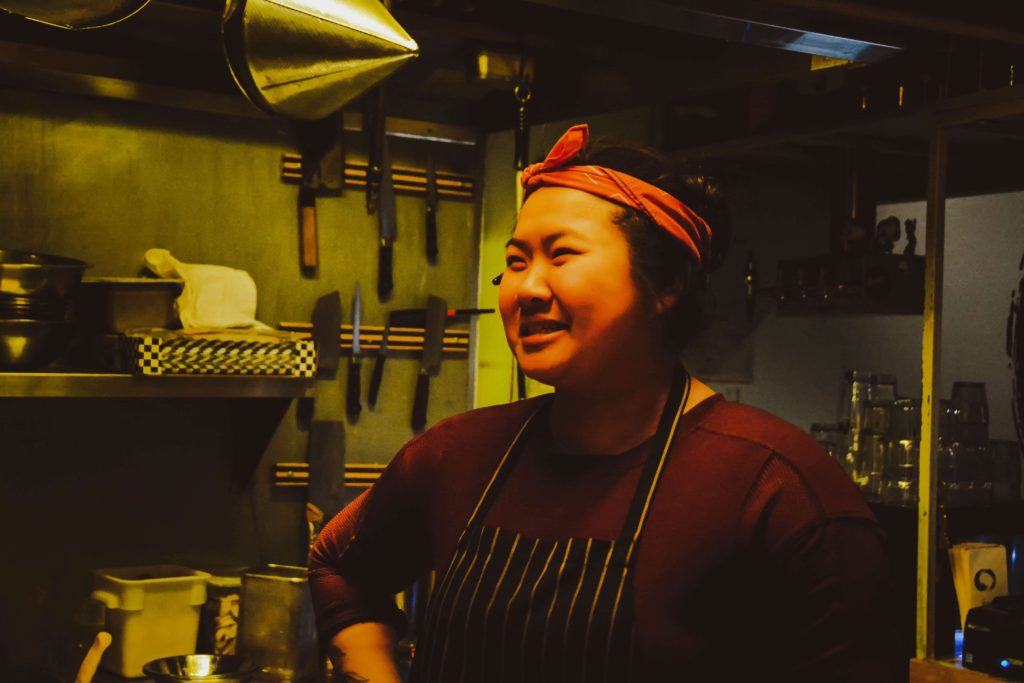
Vit Beo is a Vietnamese Snack Bar and the first “Asian” inspired restaurant that I’ve worked at. It wasn’t until I started working here that this desire in me to push the boundaries in my approach to creating really welled up. So when I was given the green light to create dishes to put onto the menu, it felt like I had something to prove. Perhaps it was a challenge for myself — because I’ve literally had a lifetime experiencing the flavours of Vietnamese cuisine.
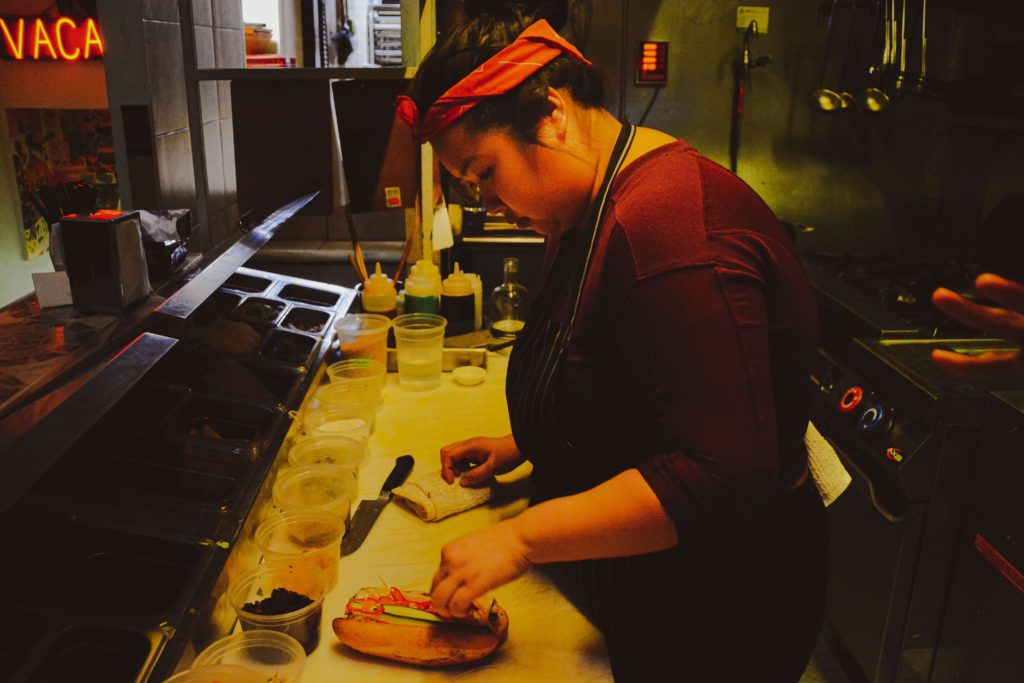
Vietnamese cuisine utilizes a lot of elements: spicy, sour, bitter, salty, sweet. Overall I’d have to say the dishes are very well balanced. It’s because of that balance, sometimes I find when I overdo the flavours, I have to bring it back a little bit. But on the flip side of the same coin, it leaves room for a chef to leave their mark on specific dishes. Take for example the Pho Bo Kho (PBK) that we do here — I like it more rich, so I add more butter in. Kaz my colleague on the other hand likes it to have a stronger citrus note. So even though it’s the exact same dish that you’re ordering, depending on the chef, there will be a creation bias at play. Again, it’s the same rule: if I don’t like it, I won’t make it — in this case how can I create a dish that at the minimum I enjoy and will appeal to the person who will be engaging in the dining experience?
Growing up in Barrie, I had very fond memories of coming to Toronto with my family — the city offered so much culinary variety; spending the day in the city’s more cultural pockets allowed us to access produce and culinary experiences that you just couldn’t find in Barrie at the time. These memories have settled in my psyche as a space of comfort and nostalgia. So when I cook, I can dig those feelings up. I’ve found a certain power in that — my methods have evolved to a point where I choose to cook with Vietnamese flavours in mind. I’m sure it’s a way for me to nod at my heritage and have a better conceptual understanding of my ethnic roots, but on the scale of creating, it’s given me so much more freedom. This capacity to merge my North American upbringing with the tastes and textures that I experienced as a child — to be able to feed people Vietnamese food, without actually presenting it to them in the traditional format — I think that fusion is what drives my creative expansion today.

